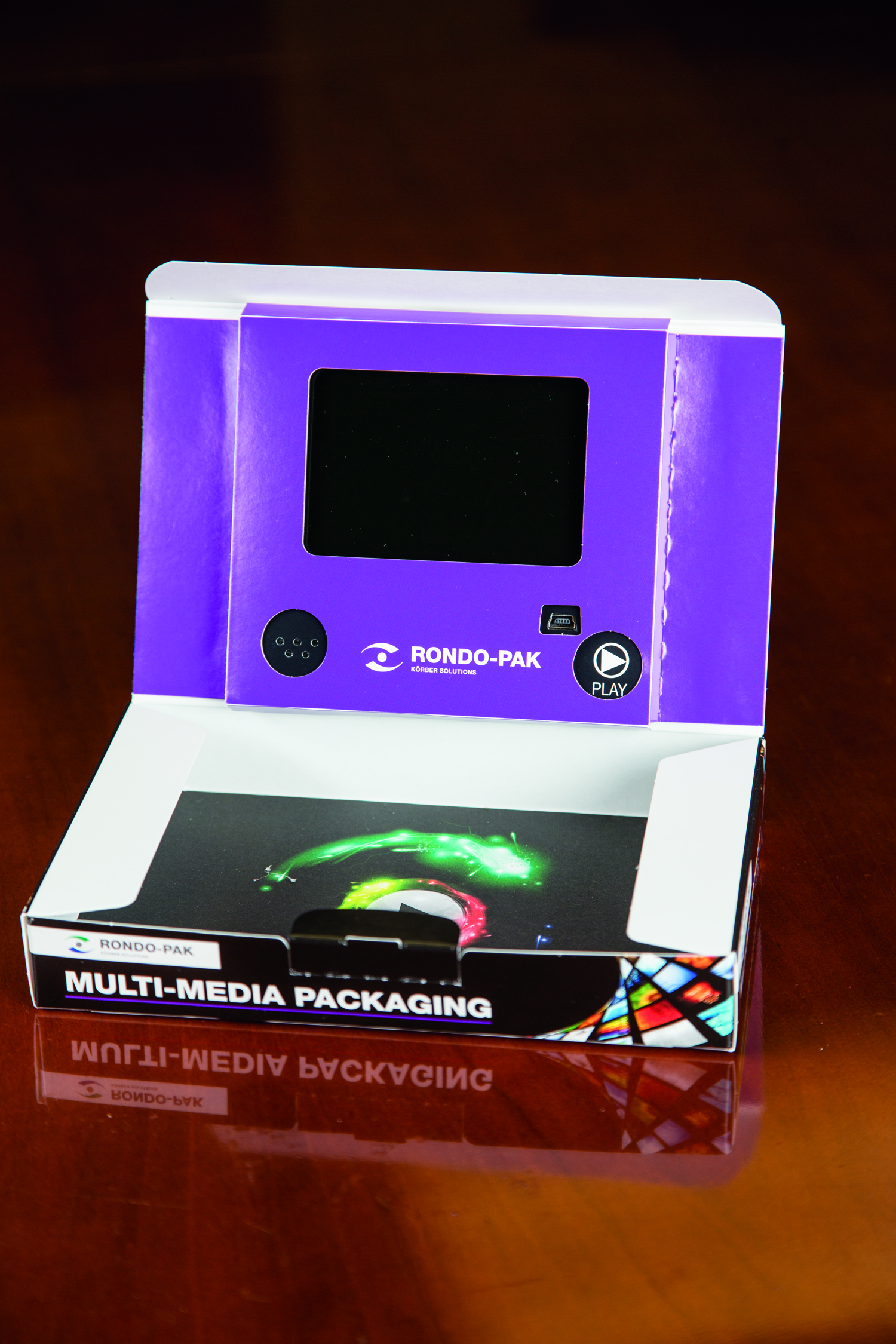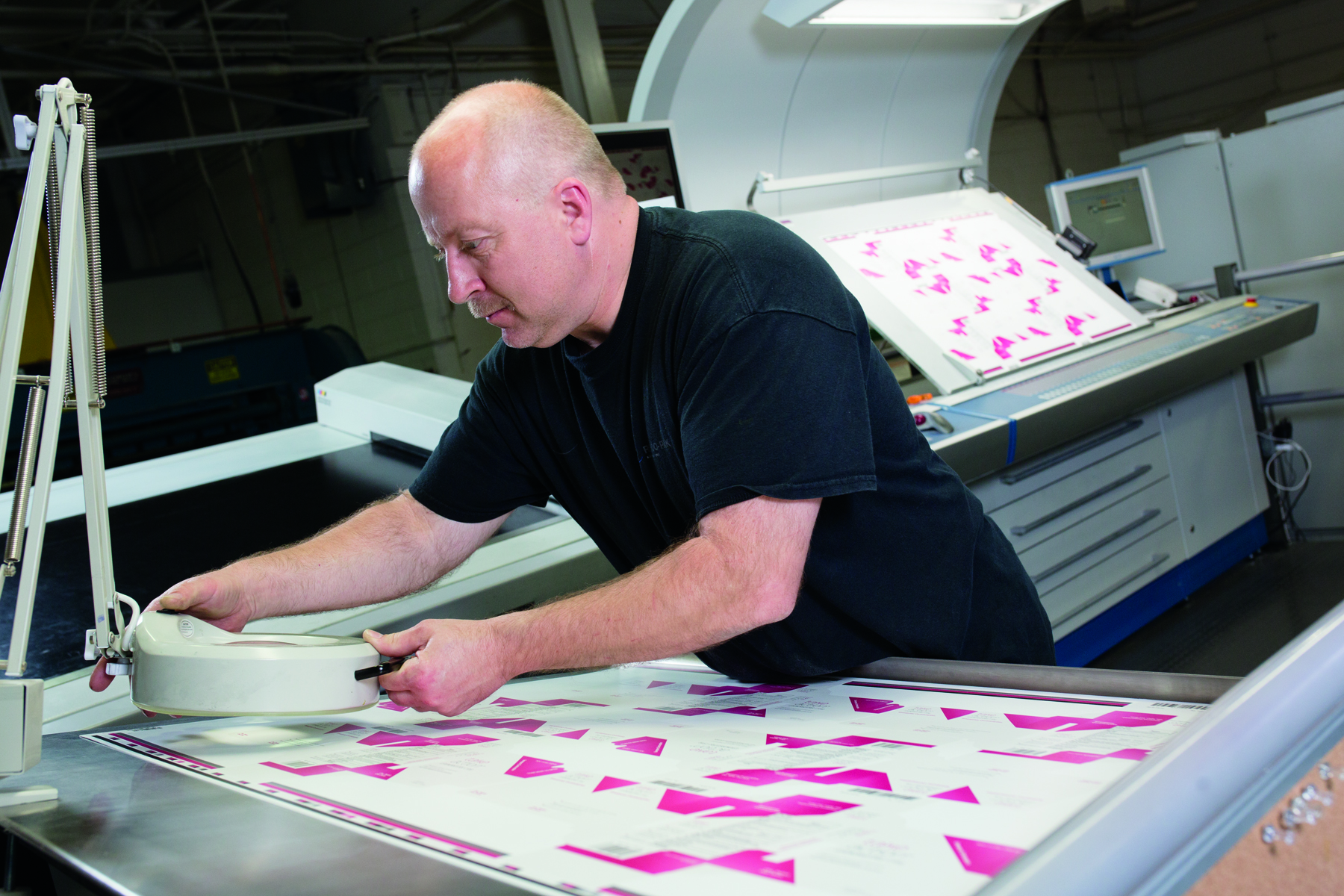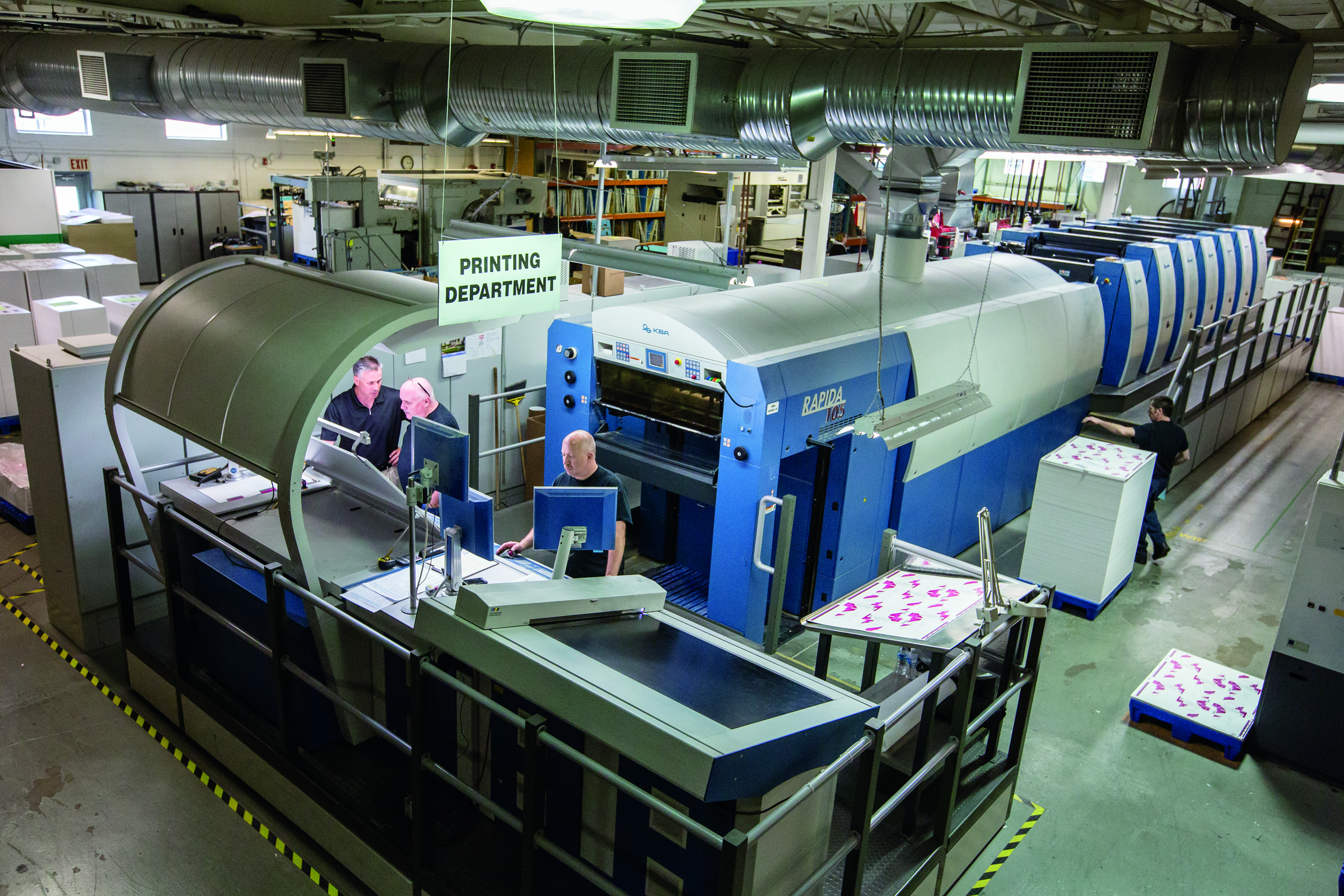Protect and Inform

Quick: what are two primary functions of pharmaceutical packaging?
Victor Dixon, president and COO of Rondo-Pak’s U.S., location in Norristown, PA, says pharmaceutical and nutraceutical packaging has two primary functions. One, of course, is to protect the product. But the other is to serve as a communications vehicle throughout the supply chain. That communications aspect, Dixon explains, can often be the key to developing consumer loyalty to the product.
“We’re trying to take advantage of the communications piece and make the carton much more a part of the patient therapy and much more interactive,” he says. “I believe the consumer experience helps whether they’re going to use the product, whether they’re going to refill the product, and whether they’re going to continue the use of the product.”
A Global Reach and a Close Network
Rondo-Pak’s North American operations are located in the Philadelphia suburb of Norristown, PA, and in San Juan, Puerto Rico. Rondo-Pak is a part of Körber Medipak Systems, which is held by parent company Körber AG, based in Hamburg, Germany. Rondo-Pak’s sister companies include Rondo AG in Switzerland and Rondo Obaly in the Czech Republic.
Beyond Rondo, Körber Medipak also operates four sister companies, all related to pharmaceutical packaging. These include Dividella, a producer of top-load packaging machines, MediSeal, which makes side-load carton format machines, Seidenader, a vision inspection and serialization company, and Werum IT Solutions, a manufacturing software producer.
Compared to similar companies, Dixon says Rondo-Pak is uniquely positioned in the pharmaceutical market because of its ability to operate in concert with its sister companies. “Our value proposition and the reason we’ve grown is because we’re aligned to work very closely with our sister companies and we are well positioned with growth oriented biotech and pharma customers,” Dixon says. “When they put a new line in, we design our cartons to work with their equipment. We know the bend angles, the tensions, and where to put the creases. Our experience in designing complex cartons to work exceptionally well on high volume production lines allows us to provide solutions in shorter time and with more consistency than our competitors.”
Stateside Production
Rondo-Pak’s Norristown facility consists of a 28x40˝ six-color plus UV coating KBA 105 Rapida offset press that handles much of its folding carton printing. The company’s diecutting is done entirely with flatbed dies on a Bobst SP-102-E and a Bobst SPanthera 106 LER. There are also instances in which handstripping is done on cartons, depending on the intricacy of the design, Dixon says.
In addition to the streamlined process it maintains with its sister companies, Rondo-Pak also differentiates itself with the complexities of its folding cartons. Dixon explains that Rondo’s packaging is a 100 percent paperboard solution that can replace packaging such as plastic clamshells and Styrofoam inserts.
Some of these innovations include boxes with nesting elements to hold syringes, cartons with built-in shelves, and cartons with additional safety elements such as an added protective layer of paperboard, or a tamper evident solution that can be added through diecutting.
“We make highly complex boxes with inner partitions, shelves and other unique and innovative features,” Dixon relates. “Many of our customers, such as the high-end biotech companies, have advanced therapies. So the container could be for syringes, vials, or auto-injector devices.”
Though many of Rondo-Pak’s innovations appear on the inside of its cartons, the company has also developed some creative design qualities to the exterior of its cartons. Dixon points to a folding carton produced for a nutraceutical item that was a complete turnkey solution for the customer. Though the product is a nutraceutical, the company wanted to make it look like a pharmaceutical product. To do that, says Dixon, Rondo-Pak designed a carton with a glossy finish enhanced with a UV coating. After adding some metallic inks and embossing, the carton looked ready for retail. But, there was still one more problem to solve. Understanding the tendency of the bottom of a folding carton to develop a curve, Rondo-Pak added a system of stabilizing tabs to keep the carton upright on the shelf and make it more attractive to consumers.
Rondo-Pak has also incorporated several technological elements into its packaging. These include embedded digital watermarks, which can provide interactive elements on a smart phone. The company has also developed a box that includes a flat video screen that can play embedded videos when opened. Dixon says these video capabilities can be highly beneficial in instances such as clinical trials, patient launches and in starter kits.
“If you get [customer usage] rates up by making the carton more interactive and enhancing the user experience, you’ve scored big for the pharmaceutical companies,” he says.
Minimize Risk
The fact that the packaging produced by Rondo-Pak will eventually contain potentially life-saving or life-enhancing products, is not lost on the company.
“If something were to happen and you had the decimal point in the wrong place, it could have serious consequences to patient safety,” Dixon states. “We have extremely tight quality assurance and tracking of our products.”
Rondo-Pak implements a variety of procedures to ensure that accuracy and consistency are being adhered to throughout the production process. Aside from multiple signs and banners all around the facility providing reminders to “Minimize Risk,” Dixon also oversees the cGMP manufacturing approach implemented by the Food and Drug Administration.
cGMP, which stands for Current Good Manufacturing Practice, helps ensure a top-notch product, but also one that is providing accurate information.
“We want to make sure you have high quality with low variation,” Dixon says. “You want to have complete segregation of your product and have complete line variances of your product so that there’s no mixing and there are no text problems.”
SKU Proliferations
As pharmaceutical companies change their approach in how they present their products, Dixon says packaging companies have had to adapt as well. According to Dixon, there has not necessarily been a volume increase in the pharmaceutical world, but a SKU proliferation.
He says that major blockbuster drugs are no longer popular items in the field. Instead, companies are spreading their brands and offerings across multiple platforms. For example, a drug company’s base product may be a cough and cold suppressant, but in addition to that base product it will likely also have a fast-acting offering, a long-lasting item, and separate medications for days and nights. And a travel version of each.
Dixon says the printing process has changed with this SKU proliferation because now, instead of setting up a long run, there are now several more steps to produce the same quantity of folding cartons.
“Now you’ve got a high number of setups, a high number of plate changeovers, and a high number of wash-ups and text changes,” Dixon says. “There’s a lot more complexity in managing the same volume.”
While digital printing has not yet come to Rondo’s Pennsylvania location, the company’s Swiss location does provide digital services. Because the company produces packaging for an international customer base, using a hybrid offset and digital process can improve production, notes Dixon.
For example, if the same product is being sold in multiple countries and requires different languages, the base carton can be produced offset and after adding registration marks, the changing text can be printed digitally.
“Most of the pharma companies are trying to find ways to grow, so they’re trying to focus on emerging markets, which could mean developing nations and the BRIC (Brazil, Russia, India, China) countries,” Dixon explains. “What that means to us is more languages and more SKUs for shipping to different countries and also dealing with different regulatory bodies.”
Strategic Growth
Dixon says Rondo-Pak’s Pennsylvania facility is a modest location that has been optimized for the amount of volume that flows through it. Still, the company continues to grow at rates of more than 20 percent each year, which goes back to the integration Rondo-Pak has with its sister companies.
As the company continues to grow, Dixon says that he’s mulling whether to move to a new local facility or expand on the current location. But, he explains, as long as the cartons are high quality and innovative and the five sister companies maximize their integration, Rondo’s growth should continue.
Within the entire corporate group, he explains, the goal is to provide a complete end-to-end solution, from the packaging lines to the packages themselves, including the necessary software and inspection systems needed along the way.
“Our growth has been phenomenal, which is a great problem to have,” he says. “We’re looking for ways to continue to see our growth unencumbered.”

Cory Francer is an Analyst with NAPCO Research, where he leads the team’s coverage of the dynamic and growing packaging market. Cory also is the former editor-in-chief of Packaging Impressions and is still an active contributor to its print magazines, blogs, and events. With a decade of experience as a professional journalist and editor, Cory brings an eye for storytelling to his packaging research, providing compelling insight into the industry's most pressing business issues. He is an active participant in many of the industry's associations and has played an essential role in the development of the annual Digital Packaging Summit. Cory can be reached at cfrancer@napco.com















